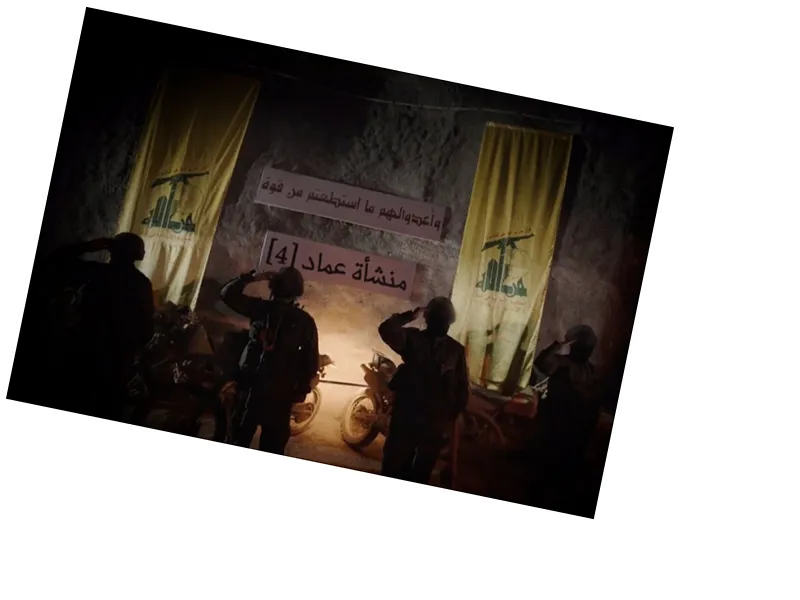Hezbollah's Evolving Tactics Against Israeli Forces
Hezbollah has demonstrated a significant capability to inflict casualties on Israeli forces during the ongoing ground invasion in southern Lebanon, which commenced in early October 2024. According to recent reports, Hezbollah claims to have killed 70 Israeli soldiers and wounded over 600, while also destroying multiple military assets, including 28 Merkava tanks and 4 drones. Despite the Israeli army's extensive aerial bombardment, Hezbollah asserts that it has successfully defended its positions across five fronts along the Lebanese border.
Military Analysis: The Strategic Landscape
Military expert Brigadier General Elias Hanna highlighted that Hezbollah's preparedness for conflict has been ongoing for 18 years, marking a transformation in its operational capabilities since the Second Lebanon War in 2006. He noted that the group has developed a sophisticated command and control system, enabling coordinated missile and drone attacks. The strategic significance of the Blue Line, a 120-kilometer demarcation established by the United Nations post-Israel's withdrawal from Lebanon in 2000, plays a crucial role in the current military dynamics, with five Israeli divisions engaged in operations along this contested area.
Implications for Regional Stability
Hanna further elaborated on Israel's military objectives, suggesting that the current operations aim to establish a new political reality in the region, influenced by U.S. diplomatic efforts. A proposed document of principles, reportedly presented by Israel to the U.S., outlines conditions for ending hostilities, including the return of displaced individuals on both sides of the border and measures to prevent Hezbollah from rearming. The ongoing conflict raises concerns about the stability of the region and the potential for further escalation as both sides navigate this complex military and political landscape.






